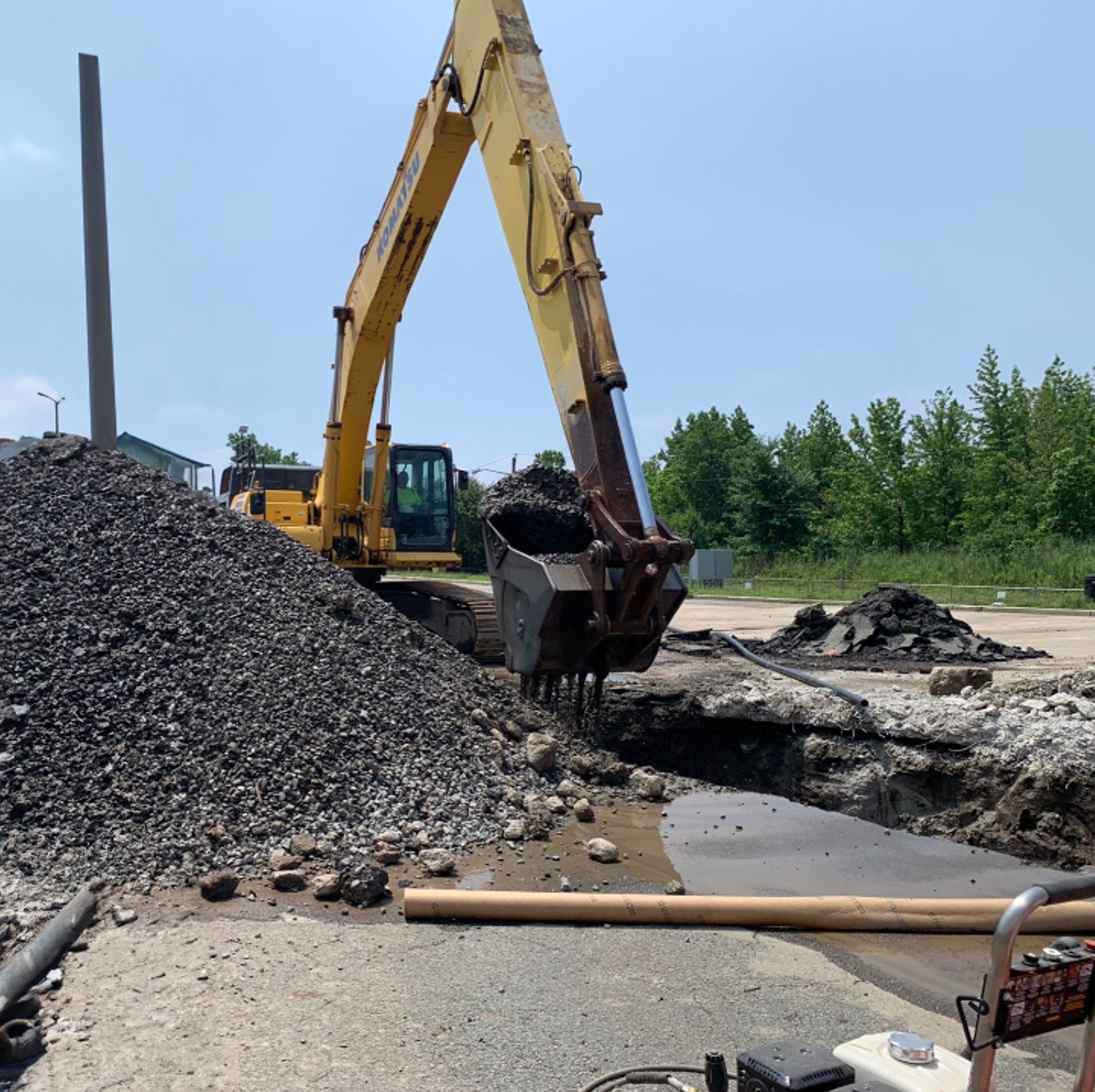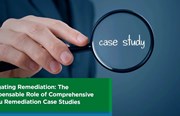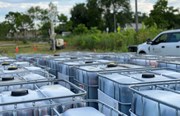- Cascade
When a contaminated site fits the right characteristics where in situ thermal remediations (ISTR) may be a consideration, determining which of the three most commonly implemented ISTR technologies can seem like a daunting challenge. TerraTherm, a Cascade Company offers clients insight into the applications of all three technologies (thermal conduction heating [TCH], electrical resistance heating [ERH], and steam-enhanced extraction [SEE]), through decades of field implementation experience. Before any decision is made on selecting a technology or combination of technologies, TerraTherm will ask to review the conceptual site model (CSM).
In Robert D’Anjou’s webinar presentation, “ISTR Designs and Optimization Strategies,” he stressed the importance of a strong CSM. Robert explained how the development of key datasets during site characterization activities permit effective design and implementation of ISTR remedies.
A poorly defined contaminant source volume is one of the few causes of recontamination or failure to reach remedial goals during an ISTR project, almost always due to an unidentified upgradient contaminant plume.
Because thermal remediation is an energy-intensive process, costs can seem high, so when ISTR is determined to be the right technology for the site, we want to ensure maximum removal of contaminants while also minimizing overall project costs. A targeted thermal approach will reduce the overall footprint of the project by focusing on only the areas that are heavily contaminated, thereby saving the client money that would otherwise be spent heating an area of the subsurface that is not necessary. This targeted approach can be determined through high-resolution site characterization (HRSC) activities.
If you’d like to learn more about methodologies for determining thermal technologies, you can watch our on-demand webinar, ISTR Design and Optimization Strategies.
A recent ERH project was discussed during the presentation that demonstrated the importance of having strong CSM data. This particular project had shallow impacted soils with an underlying unimpacted aquifer that posed challenges for traditional excavation approaches.
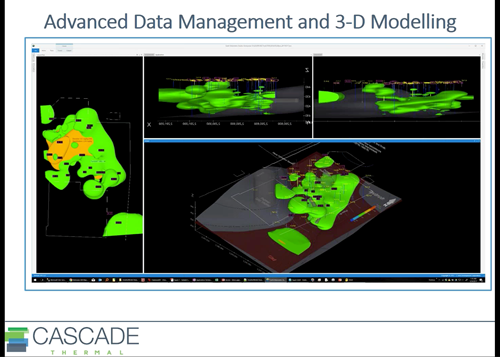
An excavation could puncture the clay layer that would thereby expose the unimpacted aquifer to the contaminants in the above-confined layer. Because of the sensitivity of this project, an extensive CSM was developed by the consultant for the project, ultimately leading to a strategic implementation of ERH technology at the site.
The following are questions and answers generated at the completion of the webinar:
1. DID YOUR INVESTIGATION OF CONTAMINANTS GO INTO THE DENSE CLAY AQUITARD? THEREFORE, DID ELECTRODES GO INTO AND TREAT THE AQUITARD?”
A: They went about a foot or two into the clay aquitard but did not puncture through. It was a very targeted installation that we had to be very careful of. Especially with the geometry of having angled ERH heaters going into it, knowing exactly what depths we were stopping at and where the top and bottom of the aquitard were was crucial. Defining really high-res data sets allow us to be able to complete installations with that much precision. Had we not had a good understanding of where that clay aquitard started or stopped, it’s very possible we would have made swiss cheese out of it.
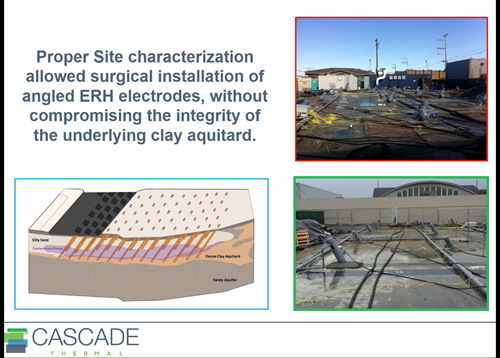
2. DID THE TREATMENT REACH MCLS OR ANOTHER STANDARD?
A: The project goals for soil remediation were met by a fair amount (99.75% reduction of PCE, BTEX, and TPH-G). Groundwater, I believe, was an overall 99% reduction. Following the remedy, we identified a potential source that could have come from a different, upgradient property/plume. We had a lack of site data upgradient, so there was a small reading of residual dissolved phase contamination on the western extent of the site. We met all cleanup standards, which I believe were 200 ppb for PCE in groundwater.
3. OTHER FACTORS BEING EQUAL, HOW DOES THE CLAY CONTENT IN THE SOIL MATERIALS AT A SITE WHERE ERH OR TCH IS PERFORMED AFFECT OVERALL TREATMENT TIME FOR A CVOC SUCH AS PCE?
A: Both those technologies perform really well in clay. With ERH, we love clay sites: we have a lot less heat loss due to low groundwater flow. Both of those technologies are some of the few in situ technologies that perform better in tight lithologies than they do in some of the more permeable lithologies like sands or silty sands. Clay reduces overall energy input and operational runtime, depending on contaminants and other conditions. But we’re just talking about the impact of lithology and it being a tight lithology like a silty clay or plasticy clay, it probably actually helps system performance. With ERH, low electrical resistivities often associated with tight clay formations may warrant further considerations such as the make-up of power being applied to the subsurface, typically consisting of higher amperage power input in order to effectively reach target heating trajectories. However, this can easily be accomplished with minor engineering controls.
The big consideration with a thermal system in a tight lithology like clay is vapor recovery and having proper vapor extraction. Extraction wells have to effectively capture and remove all volatilized contaminate species and steam that are generated in the subsurface. In a tighter lithology you get a lower radiance of influence around your recovery wells, so that is a consideration that has to be put in place. But in terms of achieving temperatures and cleanup goals, clay is nice. We like clay.
More information and additional questions can be found in the pre-recorded webinar link provided above.
You may also be interested in our on-demand webinar, Thermal Remediation Vapor Covers: Why and How, today. To make sure you never miss another webinar, register (or update your email preferences) to receive future webinar invites.
Categories
- Site Remediation
- Drilling
- Careers
- Cascade Chemistries
- Safety
- Site Characterization
- Thermal
- Rotary
- Sustainability
- In Situ Stabilizaton
- High Resolution Site Characterization
- Injection
- Sonic Drilling
- Automated injection
- corporate sustainability
- case studies
- in situ thermal remediation
- Cascade Drilling
- Over Water Drilling
- In Situ Stabilization (ISS)
- ISS
- Environmental Remediation
